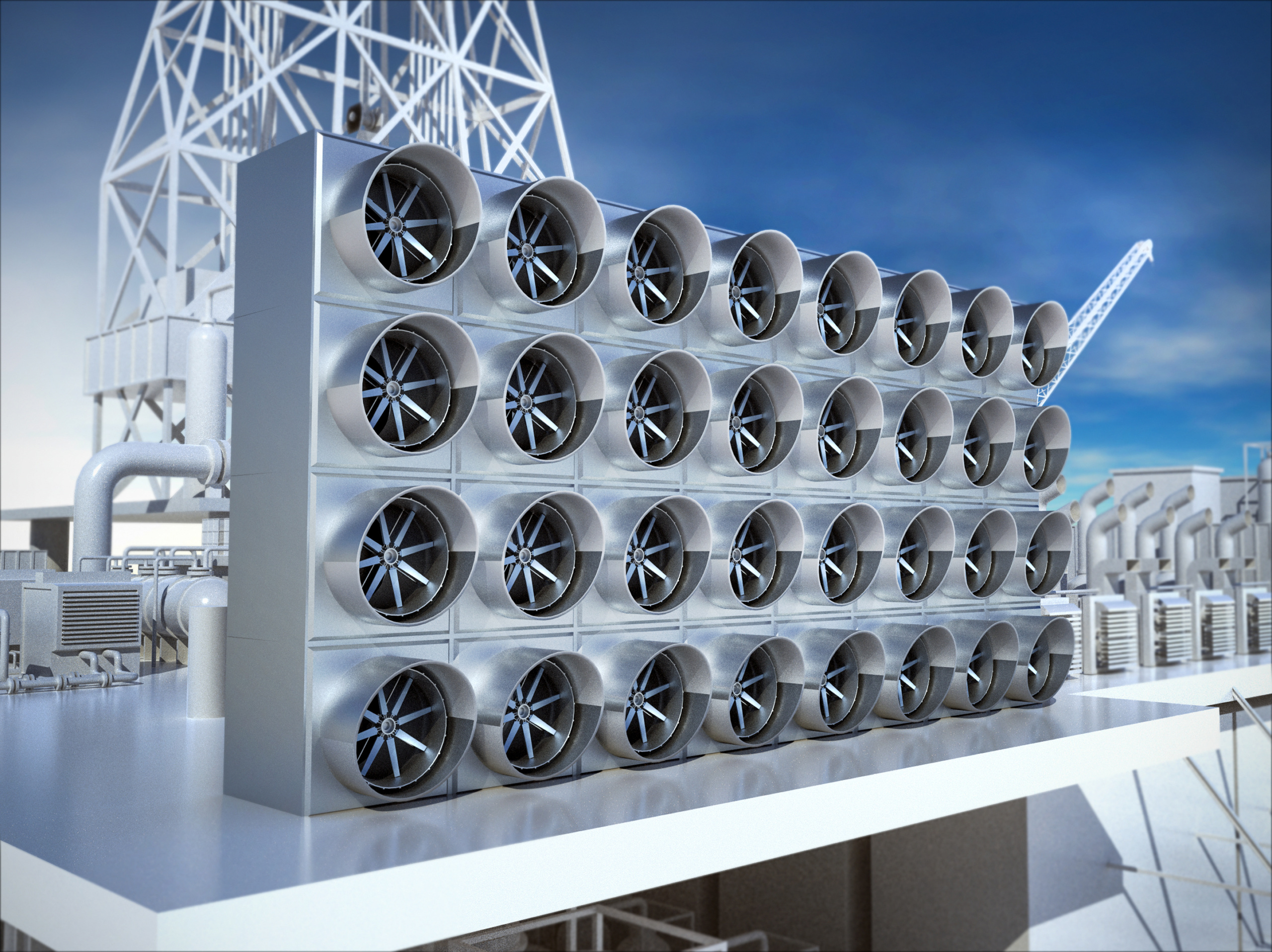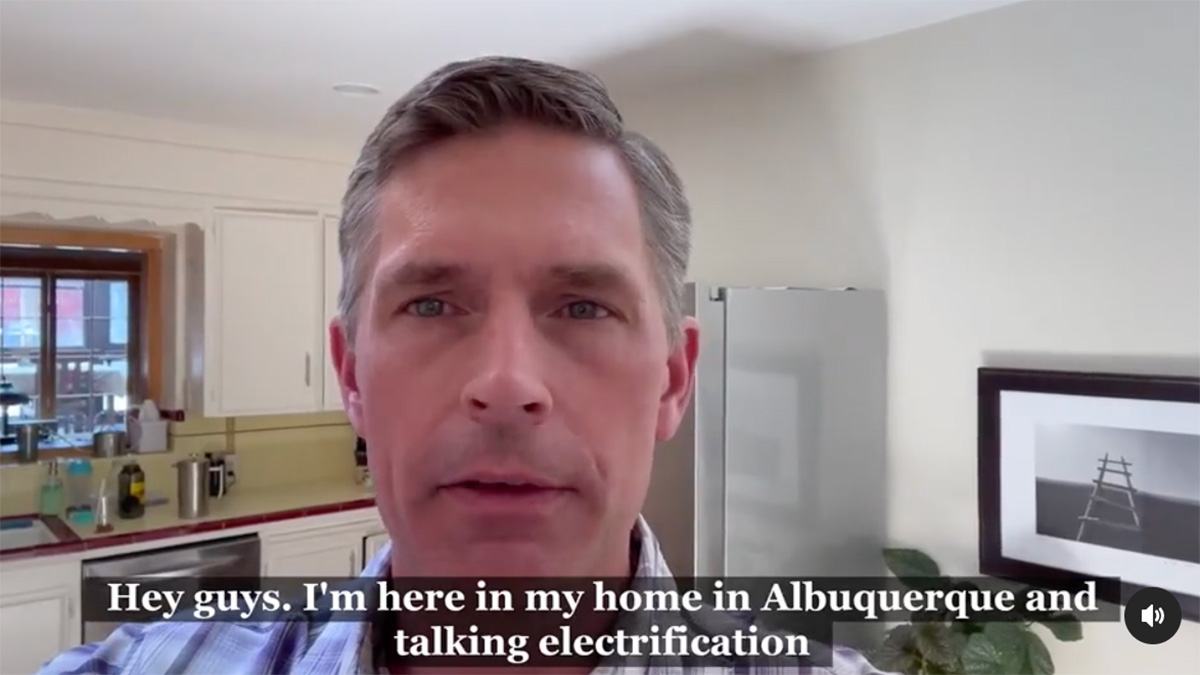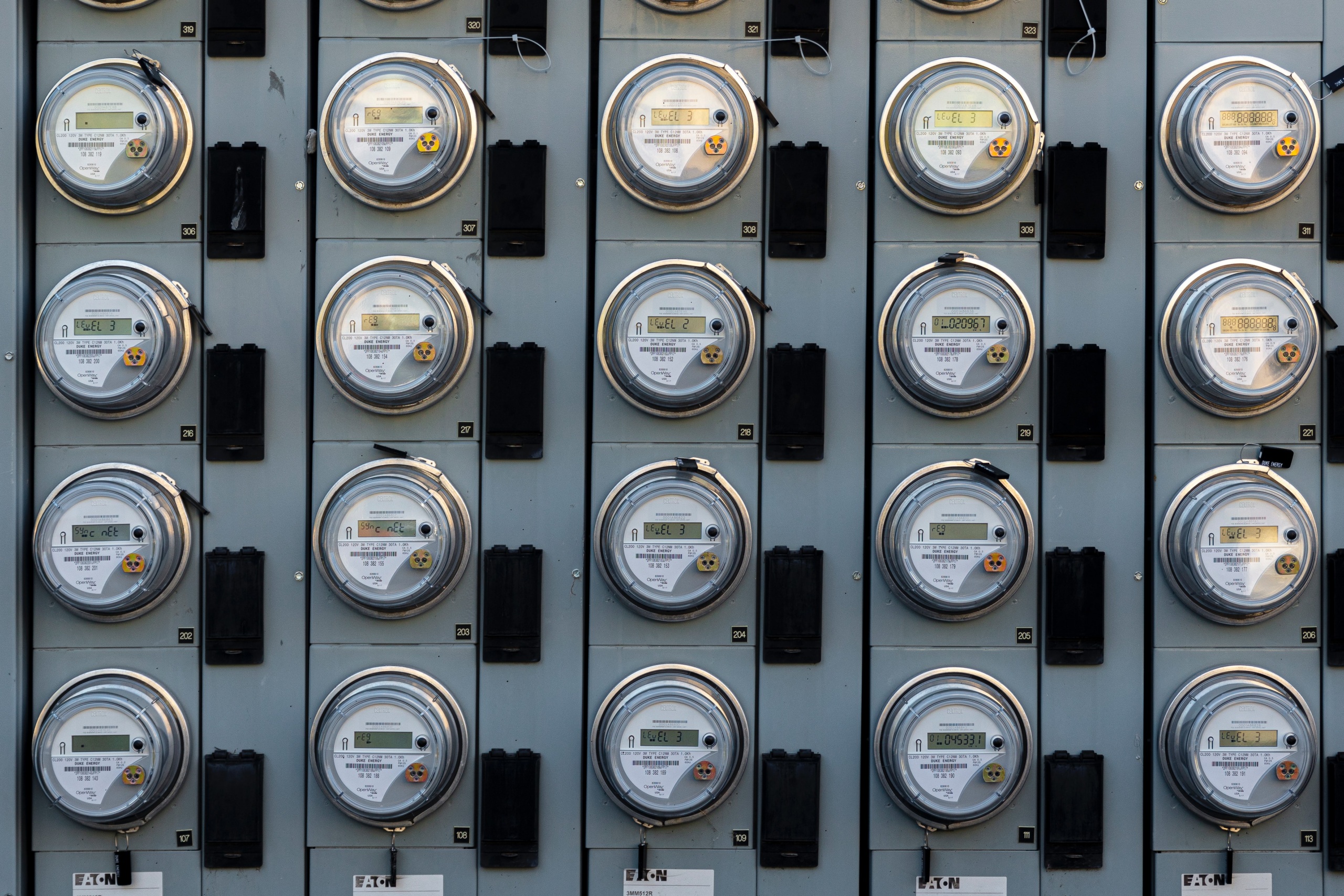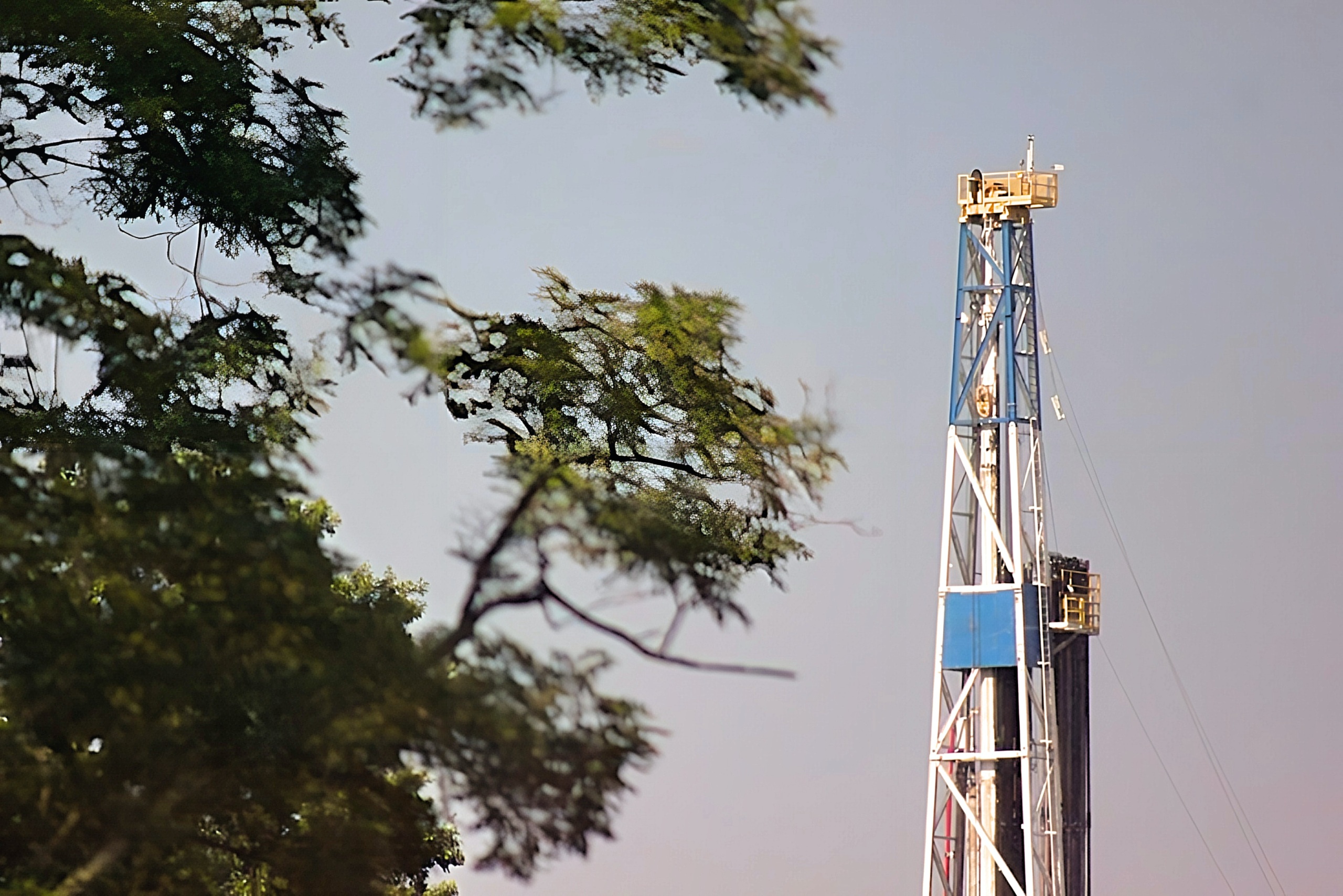
Fracking by the Numbers
The Damage to Our Water, Land and Climate from a Decade of Dirty Drilling
The combination of two technologies – hydraulic fracturing and horizontal drilling – has enabled the oil and gas industry to engage in an effort to unlock oil and gas in underground rock formations across the United States. “Fracking,” however, has also led to tremendous environmental harm and put the health and safety of communities across the country at risk.
Downloads
Environment America Research & Policy Center

The combination of two technologies – hydraulic fracturing and horizontal drilling – has enabled the oil and gas industry to engage in an effort to unlock oil and gas in underground rock formations across the United States. “Fracking,” however, has also led to tremendous environmental harm and put the health and safety of communities across the country at risk.
Since 2005, according to industry and state data, at least 137,000 fracking wells have been drilled or permitted in more than 20 states, but the scale of fracking’s impact on our environment can be difficult to grasp. This report quantifies some of the key environmental and public health-related impacts triggered by fracking during the technology’s decade-long spread across the country. To protect the public and our environment, states should take action to ban fracking, or, failing that, to ensure that oil and gas companies are held to the highest level of environmental performance, transparency and accountability.
Toxic Chemicals and Health
Fracking uses vast quantities of chemicals known to harm human health. According to industry-reported data in the FracFocus database, oil and gas wells fracked across the U.S. between 2005 and 2015 used at least:
- 5 billion pounds of hydrochloric acid, a caustic acid;
- 1.2 billion pounds of petroleum distillates, which can irritate the throat, lungs and eyes; cause dizziness and nausea; and can include toxic and cancer-causing agents; and
- 445 million pounds of methanol, which is suspected of causing birth defects.
- The exact identities of many other chemicals are unknown because they are kept secret as proprietary information.
People living or working nearby can be exposed to these chemicals if they enter drinking water after a spill or if they become airborne.
- A recent analysis by researchers at the Yale School of Public Health identified 157 chemicals used in fracking that are toxic; the toxicity of 781 other fracking chemicals examined by the researchers is unknown.
- A 2014 study by scientists at Lawrence Berkeley National Laboratory reported that an estimated 10 percent of chemicals used in fracking fluid are known to be toxic to humans or aquatic life.
Wastewater and Drinking Water Supplies
Fracking threatens drinking water supplies. Across the country, fracking wastewater has leaked from retention ponds or escaped from faulty disposal wells, putting drinking water at risk. Wastewater from fracked wells includes not only the toxic chemicals injected into the well but also naturally occurring radioactive materials that can be brought to the surface.
- Fracking wells produced at least 14 billion gallons of wastewater in 2014. Wastewater production data is not available in some of the states with the most wells, including Texas and North Dakota, meaning that the total amount of fracking wastewater produced in the United States is higher than is estimated here.
- Pennsylvania regulators have confirmed at least 260 instances of private well contamination from fracking operations since 2005, a number that is likely a severe underestimate.
- Data from fracking wells in Pennsylvania from 2010 to 2012 show a 6 to 7 percent rate of well failure due to compromised structural integrity.
Water Consumption
Fracking requires huge volumes of water for each well – water that is often needed for other uses or to maintain healthy aquatic ecosystems.
- At least 239 billion gallons of water have been used in fracking since 2005, an average of 3 million gallons per well.
- Water used in fracking becomes unsuitable for most uses other than fracking another well.
- Farmers can be particularly impacted by the oil and gas industry’s demand for freshwater, especially in drought-stricken regions of the country. In one water auction in Colorado in 2012, oil and gas companies paid up to $3,300 for an acre-foot of water, as much as 100 times what farmers typically pay.
Global Warming
Methane from fracking operations adds global warming pollution to the atmosphere.
- Bringing new fracked wells into production in 2014 released at least 5.3 billion pounds of methane. That’s equivalent to annual global warming emissions from 22 coal-fired power plants.
- Methane, a global warming pollutant 86 times more powerful than carbon dioxide over the course of 20 years, is released at multiple steps during fracking, including during hydraulic fracturing and well completion, and in the processing and transport of gas to end users.
Destruction of Natural Landscapes
Well pads, new access roads, pipelines and other infrastructure built for fracking turn forests and rural landscapes into industrial zones.
- Infrastructure to support fracking has directly damaged at least 679,000 acres of land since 2005, an area slightly smaller than Yosemite National Park.
- As well pads, roads, pipelines and other gas infrastructure replace forests and farmland, the nation loses wildlife habitat and the remaining wild areas are increasingly fragmented and inhospitable to wildlife. For example, the mule deer population in Wyoming’s Pinedale Mesa declined 40 percent from 2001 to 2015, a period of extensive gas development.
- Well operators are supposed to restore damaged landscapes after drilling operations are complete, but full restoration is nearly impossible, especially as oil and gas producers struggle financially and may lack the resources to fund land restoration.
Other Impacts
Other public health threats from fracking include air pollution and earthquakes.
- Air pollution from fracking contributes to the formation of ozone “smog,” which reduces lung function among healthy people, triggers asthma attacks, and has been linked to increases in school absences, hospital visits and premature death. Other air pollutants from fracking and the fossil fuel-fired machinery used in fracking have been linked to cancer and other serious health effects.
- The injection of fracking wastewater into underground wells has been linked to earthquakes in several states. In 2014, residents in the central and eastern U.S. felt 659 earthquakes, compared to an average of just 21 per year from 1973 to 2008, according to the U.S. Geological Survey.
To address the environmental and public health threats from fracking across the nation, states should prohibit fracking. No plausible system of regulation appears likely to address the scale and severity of fracking’s impacts.
In places where fracking does continue to take place:
- Fracking should be subject to all relevant environmental laws. Federal policymakers must close the loopholes exempting fracking from key provisions of our nation’s environmental laws.
- Our most important natural areas should be kept off limits. Federal officials should ban fracking on our public lands, including national parks, national forests, and sources of drinking water.
- The oil and gas industry – not taxpayers, communities or families – should pay the costs of damage caused by fracking. Policymakers should require robust financial assurance from fracking operators at every well site.
- The public’s right to know about fracking’s environmental damage must be respected. More complete data on fracking should be collected and made available to the public, enabling us to understand the full extent of the harm that fracking causes to our environment and health.
Defining “Fracking”
In this report, when we refer to the impacts of “fracking,” we include impacts resulting from all of the activities needed to bring a gas or oil well into production using high-volume (more than 100,000 gallons of water) hydraulic fracturing, to operate that well, and to deliver the gas or oil produced from that well to market. The oil and gas industry often uses a more restrictive definition of “fracking” that includes only the actual moment in the extraction process when rock is fractured – a definition that obscures the broad changes to environmental, health and community conditions that result from the use of fracking in oil and gas extraction.
Topics
Find Out More


Clean cooking tips from Sen. Heinrich

How to get more from state energy efficiency programs


